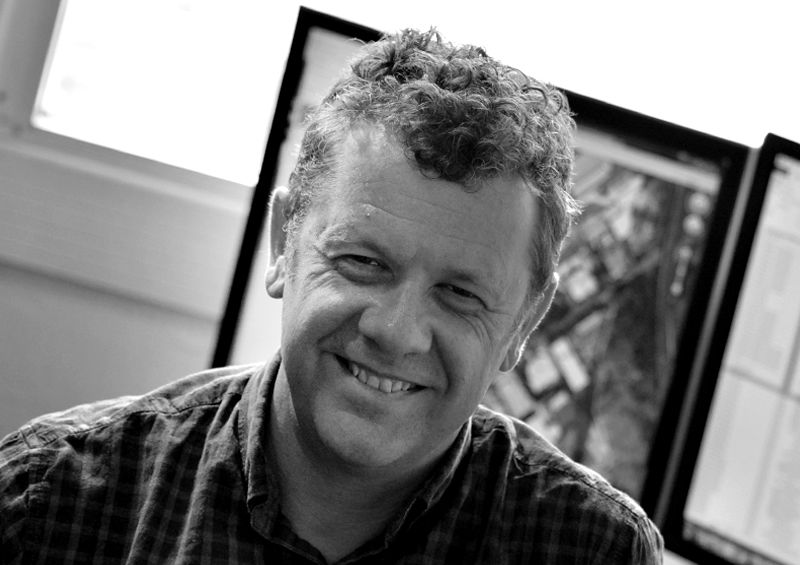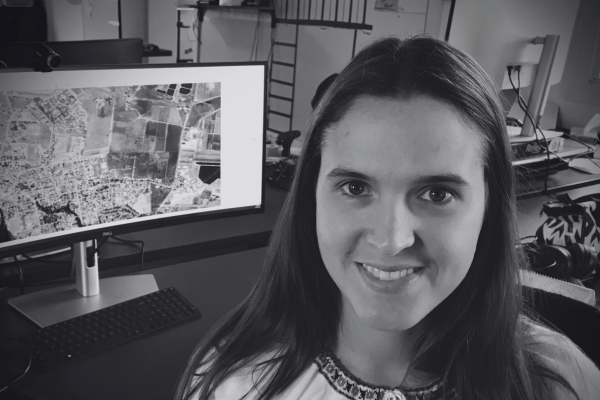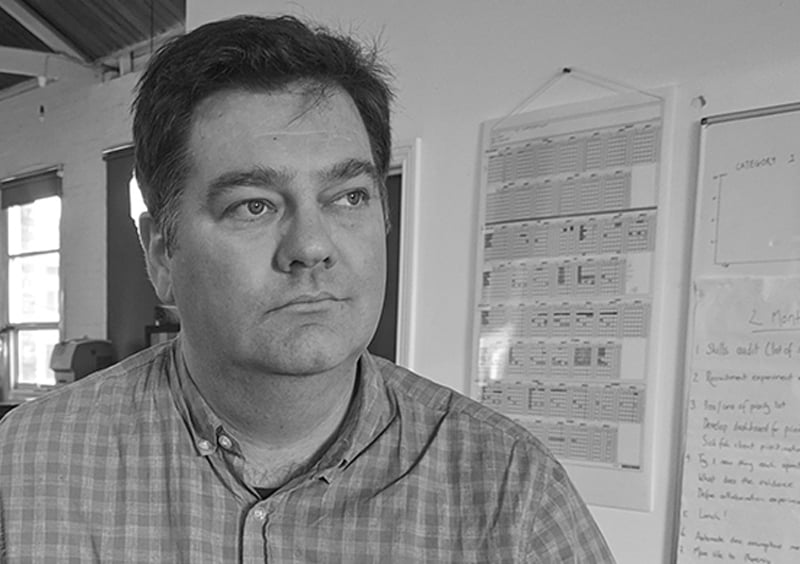The population and housing forecast for the Perth - North East region
Read forecast analysis and insights for the Perth - North East region from Australia's largest independent population forecasting team.
Detailed forecasts are available for this region
Our premium services give you detailed forecast information for this region to help you invest in the right place, at the right time.
- Forecasts by age and sex
- Single-year forecast periods
- Custom local area geography
- Forecasts of housing and development
Menu
Read the insights and analysis behind our population and dwellings forecasts for the Perth - North East region.
About the Perth - North East region
Spanning just over 1,700 km², the Perth - North East metropolitan region includes:
- The City of Bayswater, the Town of Bassendean, the City of Swan, and the City of Mundaring.
- The region is serviced by the Tonkin and Great Northern Highway which run parallel to each other running north-south and Guildford Rd which leads to the Great Eastern highway running east-west.
- The Perth - North East region only has one major trainline servicing it, the Midland Line. However, the under construction Morley-Ellenbrook line will service the northern growth corridor once completed.
- Similar to the other metropolitan Perth SA4s, the Perth - North East region includes both densely population inner city suburbs along with vast and expanding outer suburb growth areas.
- The region includes the Mundaring Weir, completed in 1903, this Australian engineering feat was constructed to pump water to Kalgoorlie, over 700km away. The region also includes world-famous wine region, the Swan Valley.
Key findings
As the Northern Growth Corridor begins to slow down, Bullsbrook takes hold of the reins
As the Northern growth corridor begins to run out of land, Bullsbrook SA2 takes over, taking more than the lion's share of both population and dwellings growth in the Perth - North East region. Over the forecast period, Perth - North East is expected to grow from 112,711 to 155,766 dwellings, an additional 43,000 dwellings by 2046.
The largest proportion of population growth at a local level belongs to Bullsbrook SA2, contributing 31,300 persons, accounting for 29% of the region's total population growth to 2046. The second and third largest growth fronts in the region are Brabham - Henley Brook SA2, and Beechboro SA2, contributing 13,600 and 10,000 persons to 2046 respectively. This growth is attributed to the significant number of greenfield residential developments, precinct structure plans, and state-government land supply identified within these areas over the forecast period, however, only Bullsbrook SA2 will have excess land supply after the forecast period. Collectively, these three SA2s will contribute over 44% of Perth - North West's total dwelling growth to 2046.
Within the more densely populated areas such as Bayswater, Bassendean, and the southern area of the City of Swan, significant residential development is expected in the form of high density, activity centre style apartments and redevelopments. Midland - Guilford SA2 is expected to contribute over 6,700 new persons to 2046 whom will reside in over 3,500 new residential dwellings. This growth is spearheaded by the structure plan surrounding the new Midland train station along with some greenfield development to the south-east of the SA2. Bayswater - Embleton - Bedford SA2, Maylands SA2, and Bassendean - Eden Hill - Ashfield SA2s are also expected to experience growth in the form of high density redevelopments within strategic areas in close proximity to the Midland Train Line. These SA2s will account for 8% of the region's population growth to 2046
Bayswater - Embleton - Bedford SA2, Bassendean - Eden Hill - Ashfield SA2, and Morley SA2 are forecast to experience the most infill development in the 25 years to 2046, adding an additional 2,600 dwellings through infill development respectively.
No SA2s are expected to decline in population over the forecast period, however, the smallest growth will occur in Glen Forrest - Darlington SA2 (105), Gidgegannup SA2 (246), and Chidlow SA2 (648).
What share of Australia's growth will occur in Perth - North East?
Read our forecast results and analysis for Western Australia to learn more about how the different drivers of population change affect the distribution of growth throughout the state.
Forecast results
The following forecast information is for the entire Perth - North East region.
Learn more about the different options to access these forecasts for Local Government Areas (LGAs), suburbs, custom catchments or the entire state or nation here.
| 2026 | 2031 | 2036 | 2041 | 2046 | |
|---|---|---|---|---|---|
Forecast population |
314,763 |
338,839 |
359,730 |
378,283 |
395,159 |
Change (five year) |
28,041 |
24,076 |
20,891 |
18,553 |
16,876 |
Average annual change (%) |
1.96% |
1.53% |
1.23% |
1.03% |
0.89% |
Forecast dwellings |
122,040 |
131,643 |
140,285 |
148.333 |
155,766 |
Change (five year) |
9,329 |
9,603 |
8,642 |
8,048 |
7,433 |
Average annual change (%) |
1.66% |
1.57% |
1.31% |
1.15% |
1% |
Map of development sites
The map below identifies all major development sites that have been identified in our research.
These sites have been organised to understand the likely location, capacity, timing and sequence of future development. By matching forecast population growth in this area to these sites, we can provide a more granular view of the distribution of the forecast population within a given region.
In the Perth - North East region, we identified 466 development sites, of which 54% of the residential dwelling capacity was used.
Learn more about our land use research →
.png?width=2654&height=2953&name=Development%20map%20%20Perth%20-%20South%20West%20(2).png)
1 national forecasting program.
6 ways to explore.
![]()
forecast.id
Plan for the changing needs of your community with a trusted forecast of population and housing in your Local Government Area, published in an accessible online tool.
![]()
forecast.id premium
Bring the full power of our National Forecasting Program into your organisation. We'll work with you to tailor a data partnership supported by briefings from our experts.
![]()
forecast.id partners
Our pay-per-download program gives our consulting partners instant access to reliable and respected forecast information on a project-by-project basis.
![]()
forecast.id hotspot report
Find a location near the people you serve with a tailored report that identifies up to ten locations with the highest number of people in your target demographic.
![]()
forecast.id location report
Whether you're investing in a new location or checking your current strategy is on track, forecast.id location reports quantify future demand around a known location.






.png?width=600&height=400&name=Meet%20the%20team%20%20Oliver%20Bowering%20(1).png)
